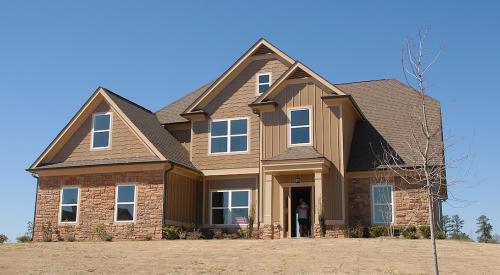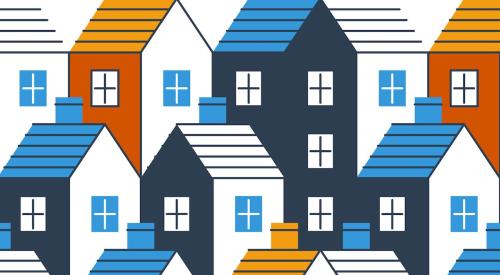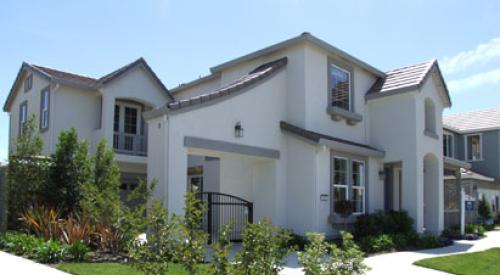Over the course of 15 years from 2001 to 2016, median housing costs for renters increased by 11 percent, yet their incomes dropped 2 percent. This trend primarily impacted renter households least able to afford the changes.
The data comes from the Harvard Joint Center for Housing Studies' America's Rental Housing report, and senior research analyst Whitney Airgood-Obrycki explains these trends are "particularly bleak" for renters in the lowest income category who are cost-burdened. Airgood-Obrycki says these renters "had a residual income of only $360 per month in 2016, down 18 percent since 2001." Renters in this category that were not cost-burdened had a residual income of $1,180 in 2016, by contrast.
Illustratively, the median monthly income for renters in the bottom income quartile fell by $50, dropping from $1,270 in 2001 to $1,220 in 2016 (a 4 percent decline). However, their median monthly housing costs increased by $70, rising from $690 to $760 (a 10 percent increase). This means that after paying for housing, renters in the bottom income quartile had less than $500 left to cover all other expenses, such as food, health care, insurance, transportation, and savings.













